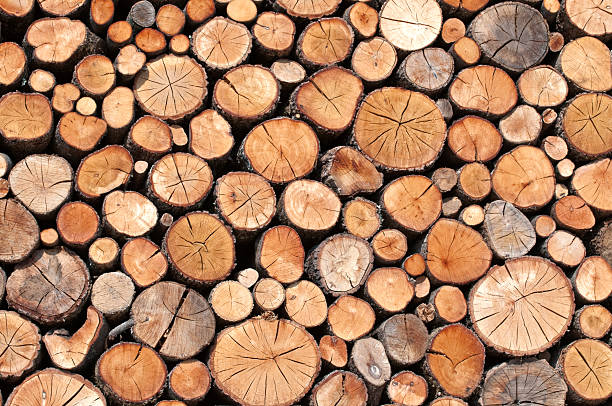Is there better wood to frame your house with?
In many areas of our lives, there are varying degrees of quality for the things we use. You can find high-quality coffee, cars, clothes, and more. But what about the wood in your house’s frame? Can you get better stuff? Do the fancier homes in town have better wood in their bones?
Let’s look for starters just at regular old dimensional lumber. That’s the term used for lumber off the shelf at the big box stores and lumber yards.
Types of Wood

In our region, it mainly comes in the Pine, Douglas Fir, and Spruce species. Pine is the most common found on shelves.
Pine Wood
This is the cheapest, easiest to source, making it far and away the most common. Of these softwoods, it has lots of strength and actually weighs a little less, making it great for building homes. Its only real downside is that it is not quite as dimensionally stable as the others. This means that it moves more as it dries out and can expand and contract more with humidity changes.
Fir and Spruce
While fir and spruce can be marginally stronger, allowing for ever so slightly longer spans. However, they do cost more and can be much harder to find.
Whitewood
One lumber type you will find at the big box stores is whitewood. This does not refer to a specific species; it’s like the meat section at a grocery store. It means whatever we could get our hands on. This lumber is made from young pine, spruce, or fir trees that may lack desirable qualities found in older ones.
Lumber Grades
Within dimensional lumber, there are different grades as well. When it comes to building a house, this might be where the real differences come into play. There are three grades of framing lumber, but only grades 1 and 2 are available. The difference between the grades is primarily related to the amount and size of the knots in the wood. This means a #1-grade board is clearer (fewer knots) than a #2-grade. This can mean less cracking at the knots and will generally stay straighter. To get #1-grade lumber, you have to go to a lumber yard; you won’t generally find that at the big box store. Grade #3 lumber is not suitable for construction and gets turned into other products, like furniture.
What is the “better wood”?
You could frame your house with Oak or Cyprus, something that is harder and heavier. You could, in theory, get Teak studs that would resist rot and insect activity. People just aren’t doing this because the high costs far outweigh the small benefits. If there is no good #2-grade lumber available, it might be worth using #1-grade lumber. However, this is not common even in pricier homes.
We Can Help
If you’re not sure or have some questions, we’re here to help. We’ll give you a free inspection and honest feedback, and walk you through the options so you can make an informed decision for your home and family.



